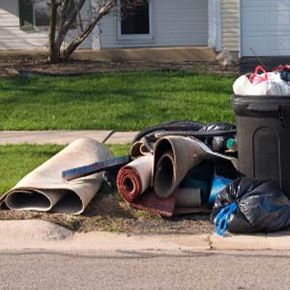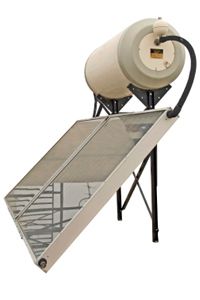The burnt-orange shag carpeting in your 1977 split-level steal of a deal house must go. You've removed the pressed wood wall coverings à la Brady Brunch, and gone are the avocado countertops and kitchen appliances. The only major update left to usher your humble abode out of the disco era and into the new millennium is the loud carpet that covers every square inch of floor space.
Once you've ripped up and removed the carpet, you're left with a mountain of useless flooring that resembles an enormous, fluffy anthill. If it seems like a scandalously large load to throw away, consider this: Each year, around 5 billion pounds (2.2 billion kilograms) of discarded carpet ends up in landfills [source: Carpet America Recovery Effort]. While carpet represents only a sliver of the total amount of waste we discard, the carpet industry wants to significantly reduce it as part of its sweeping campaign to add a glossy green sheen to its image.
Advertisement
Traditional carpets that line the halls of many office buildings and homes are often frowned upon by the eco-conscious. That's because most of the soft stuff we're treading on is woven from petroleum-based synthetic fibers. Nylon and polypropylene plastics, which are made from petrochemical polymers, are the two most common components in carpeting. The backing consists of latex and PVC, which are two additional petro plastics. Furthermore, the cocktail of chemicals in certain dyes and glues have been known to emit volatile organic compounds (VOCs) that have potentially negative health effects.
On the manufacturing side of the process, companies including Mohawk, Shaw and Interface Americas, have made progress in reducing their carbon impact. The Carpet and Rug Institute in Dalton, Ga., for example, has developed a Green Label Plus program that identifies carpets with lower VOC emissions. Instead of petro-based fibers, some newer eco-carpet fibers contain corn products and recycled plastic bottles.
The next big hurdle for the carpet industry is tackling the afterlife of its products. Referred to as cradle-to-cradle manufacturing, industry experts are focused on converting used postconsumer carpets into new floor covering. But reaching this green landmark depends heavily on consumer behavior.
Advertisement



